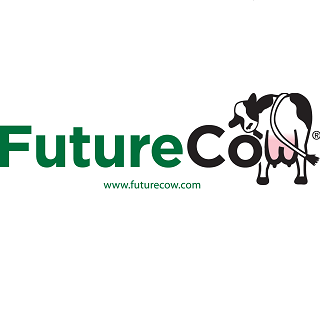World Markets

FastMoving.com reports that although the production of milk in SA has increased slightly over the past ten years as farms have grown in size, the defection of almost 5000 dairy farmers has caused severe job losses.
The number of dairy farmers has declined from 7077 in 1998 to 2686 at the beginning of 2011. A total of 646 of SA’s dairy farmers packed up in just the 10 months from March last year to January this year.
Koos Coetzee, chief economist of the Milk Producers’ Organisation, which represents around 85 per cent of dairy farmers, says prices now being paid to farmers are on average five per cent lower than a year ago.
In addition, input costs — maize, soya, diesel and electricity — are increasing, and the combination of factors is squeezing out dairy farmers.
At least 10 jobs are lost for every farmer who exits the industry.
Dairy farmers are currently receiving an average of R2,98/l for milk. Shelf prices are R7,50/l-R8/l. All deals between farmers and processors are negotiated individually, and there is no set price for milk.
“Farmers’ share of the consumer’s rand has fallen from 45 per cent to about 30 per cent since 1998. The steady decrease is a source of concern,” says Mr Coetzee.
A global trend of dairy farmers migrating to coastal areas has also affected the local industry.
“With higher grain prices it is cheaper to produce milk from pasture in coastal areas, but in SA the main market is in Gauteng,” says Mr Coetzee.
This means that coastal dairy farmers have to pay high transport costs and get on average 30c/l less for their milk.
Mr Coetzee fears that more farmers will be lost due to the current market making it more favourable for exiting farmers to slaughter their cows rather than selling them on.
“If the producer price for milk is not increased, I can see us running out of milk producers,” says Mr Coetzee.
The capital-intensive nature of dairy farming also makes it difficult for farmers to return to the industry and for new producers to enter.
Buying cows and the machinery required is also expensive.
“You need at least 200 cows at an average R15000/cow — that’s already at least R3m — to start at the bottom as a dairy farmer,” says Mr Coetzee.
However, the SA Milk Processors’ Organisation, which represents most of the secondary milk industry, such as the DairyBelle and Parmalat brands, says the industry picture is not as bad as Mr Coetzee describes.
The organisation’s business economist, De Wet Jonker, says the reduction in the number of dairy farmers represents the failure of uncompetitive and ineffective producers. “It is not just a phenomenon in SA but also in Europe and in countries like Canada.”
He admits dairy farmer numbers are falling quickly but says that does not mean it will “end at zero”.
“More competitive dairy farmers are simply getting bigger as the smaller ones drop out. We too would like to see more farmers and a more competitive environment, but what we have now is a result of competition.”
Standard Bank agricultural insights manager Lumè Kleynhans says that in her experience dairy farmers are operating successfully. “Dairy farmers on the bank’s books are doing relatively well, with surprisingly low risk profiles. Many dairy farmers integrate along the value chain to support their bottom line,” she says.























